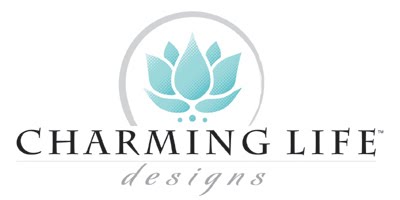
No one around here ever really wants to have to talk about 14 karat anything. Mostly because it is hard to explain and it’s confusing to decipher the difference between gold plated, gold filled and vermeil. The bulk of what we produce is sterling silver, but we are adding more 14K gold filled items every year so it would be helpful for everyone to know what the difference is. So, lets start with some basics!
Base metal is usually a metal that can easily oxidize or corrode and reacts easily to acids and oxygen. This is why some people break out, their body chemistry breaks down the iron, nickel, lead, zinc or copper in the metal which then causes an allergy or rash.
Precious metals are less reactive to outside influences, they have a high luster. Precious metals are generally used in fine jewelry and coins because of their rarity, value and stability. Precious metals include gold, silver and platinum. Platinum by the way, is it’s own metal, it’s not a created alloy, it is found naturally like silver and gold.
Pure gold is too soft and far to costly to be used in most jewelry. Pure gold starts out as 24K gold. For the purpose of making jewelry, this pure gold is mixed with an alloy that can be made up of copper, zinc, silicon, nickel, silver or boron. The mixture of metals is then referred to as 18K, 14K, 10K. The less gold there is the smaller the number gets. 18K is 75% gold, 14K is 58.5% gold and 10K is 41.7% gold. The larger the K number, the more pure gold is in the product. Different colored golds can be created by the type of alloy mix that is used. White gold, for instance is more likely to have more nickel in it which is good for nickel sensitive people to know! Rose gold would have more copper in it.
Gold plated items are cheap base metals which have a super thin coating, of 14K gold on them which is applied with a tiny bit of electrical energy. There are no laws which govern the creation of gold plating so you won’t ever know how thick the plating of 14kt gold is. It usually wears off quickly, exposing the base metal, which can make your skin vulnerable to breaking out. Personally, I would stay away from anything that says its plated.
The term gold filled doesn’t really make a lot of sense. It is also known as gold rolled. Gold filled means it is a sheet of 14kt gold “filled” with a stronger base metal. That base metal can be simply a mix of cheap metals or it can be sterling silver. At Charming Life Designs, we use gold filled that is over sterling silver. The layer of 14kt gold is mechanically bonded with heat and pressure to another metal. Think of it like frosting on a cake or a wetsuit on a diver. 14kt gold filled is used in fine jewelry whereas gold plated is more commonly found in costume jewelry. Gold filled metal has bout 100 times more 14kt gold than gold plated metal. Gold filled items won’t peel, flake or wear down to the base metal and won’t generally bother sensitive skin because it is like wearing regular 14kt metal. Gold filled jewelry is more affordable than 14kt solid gold but has the same durability and wearability. Some people are hesitant to buy anything less than 14Kt or 18Kt gold because they think it is going to tarnish or make their skin break out, but 14K gold filled is a high quality, fine jewelry material that is safe to wear for most people.
Gold vermeil is always solid .925 sterling silver that has been heavily plated with usually 22 kt gold which gives it a deeper, more golden color. Gold vermeil would still be considered fine jewelry because it is constructed of precious metals rather than base metal.
Any questions?
Holly Russell Godard




Thanks! This really helps clarify a lot of misnomers many people have.
ReplyDeleteBarb